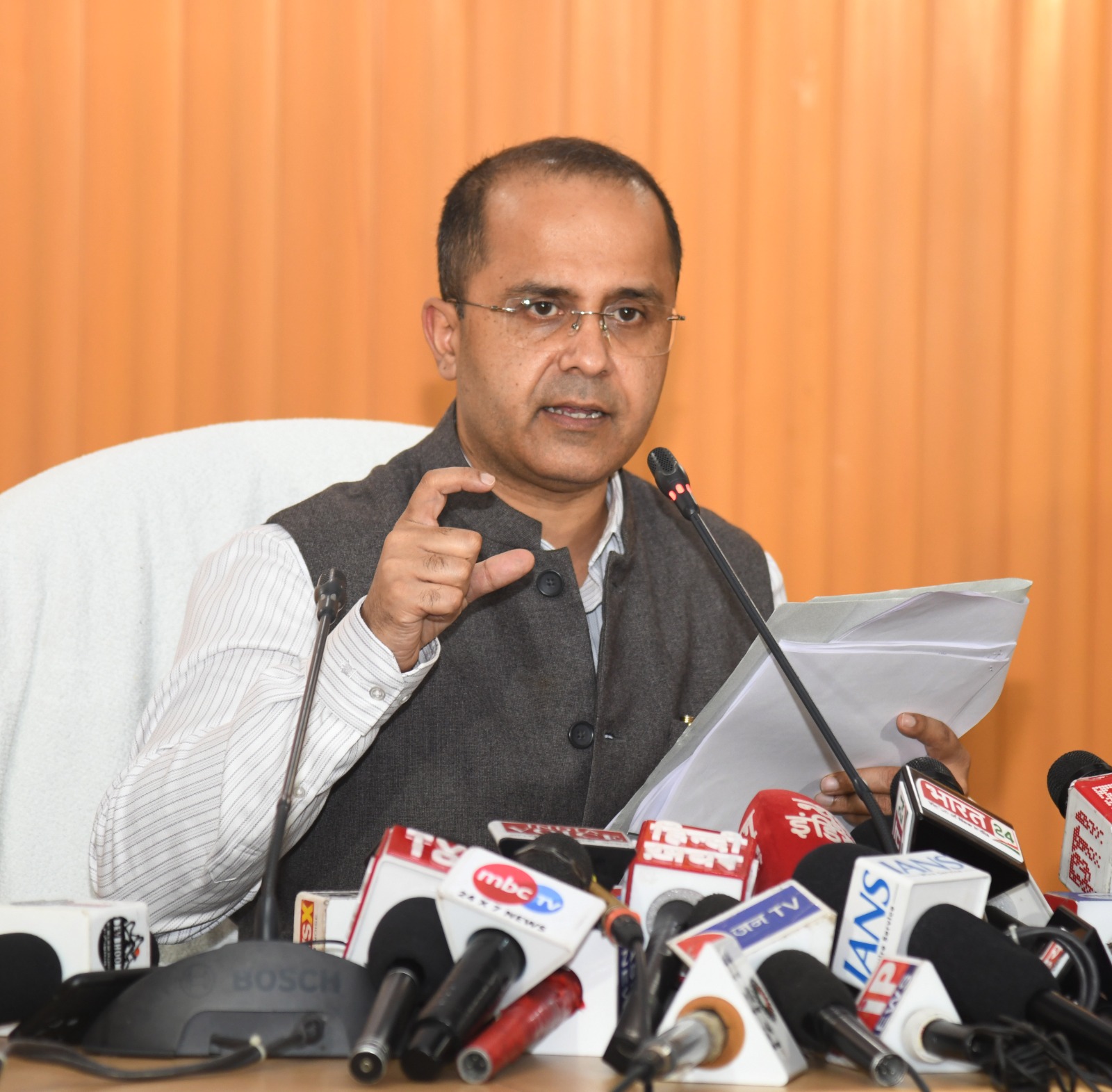Many centuries ago, the Katyuri kings, originally from Kartikeyapuri (now Joshimath), established their new kingdom in the scenic Katyur Valley of Kumaon. They built numerous temples in Jageshwar, including replicas of the revered Badrinath and Kedarnath shrines. These actions were not an attempt to rival the original pilgrimage sites but rather a manifestation of their religious sentiments and daily worship routines.
The presence of Badrinath and Kedarnath temples in Jageshwar raises an interesting question: Did this initiative diminish the sanctity and glory of the original pilgrimages? The unequivocal answer is no. The construction of these temples was an expression of the Katyuri kings’ devotion and served to enrich their daily spiritual practices. Far from diminishing the significance of the original sites, these temples in Jageshwar represent a profound continuity of worship and reverence.
In the context of Lord Shankar’s twelve Jyotirlingas, Nageshwar Tirtha in Daruka forest is often mentioned. While some in Kumaon have attempted to equate “Nagesham Darukavane” with “Jagesham Darukavane,” this does not confer the same prestige upon Jageshwar. The authentic Nageshwar Jyotirlinga is located between Dwarka city and Bet Dwarka island on the Saurashtra coast of Gujarat. This effort to reinterpret spiritual geography, while potentially satisfying on a personal level, does not alter the established significance of the original pilgrimage site.
Similarly, the existence of a Tirumala Tirupati temple replica in Rishikesh, located on Badrinath Road near Chandrabhaga beach, does not diminish the prestige of the original Tirupati temple. Pilgrims seeking the unique spiritual experience and blessings of Tirupati must visit the original site in Andhra Pradesh. Replicas, while valuable for local worship and convenience, cannot replicate the profound spiritual heritage of the original locations.
In the latter part of the 20th century, during the eighties, the founders of Garhwal Sabha in Faridabad, Haryana, built replicas of the Badrinath and Kedarnath temples to unite their community. Earlier, in the sixties, the Garhwal Hitaishini Sabha in Delhi established Garhwal Bhavan, named after the Badrinath Temple, on Panchkuian Road. These initiatives were driven by a desire to preserve cultural and spiritual ties among the Garhwali diaspora. The construction of these temples did not diminish the sanctity or prestige of the original Badrinath Temple. Similarly, expatriate Garhwalis have built a Badrinath temple in Mumbai, the financial capital of India. Should a Badrinath temple be built in Pune, it too would serve as a local center of worship without detracting from the significance of the original site.
These efforts by the Garhwali community, both within and outside Uttarakhand, highlight a deep-rooted commitment to preserving their spiritual heritage and cultural identity. While replicas and local temples serve important roles in community cohesion and daily worship, the unique and irreplaceable prestige of the original pilgrimage sites remains intact. Pilgrims and devotees continue to seek the authentic spiritual experiences offered by the original shrines, ensuring their enduring significance in the collective consciousness of the faithful.
 Dainik Nation News Portal
Dainik Nation News Portal

